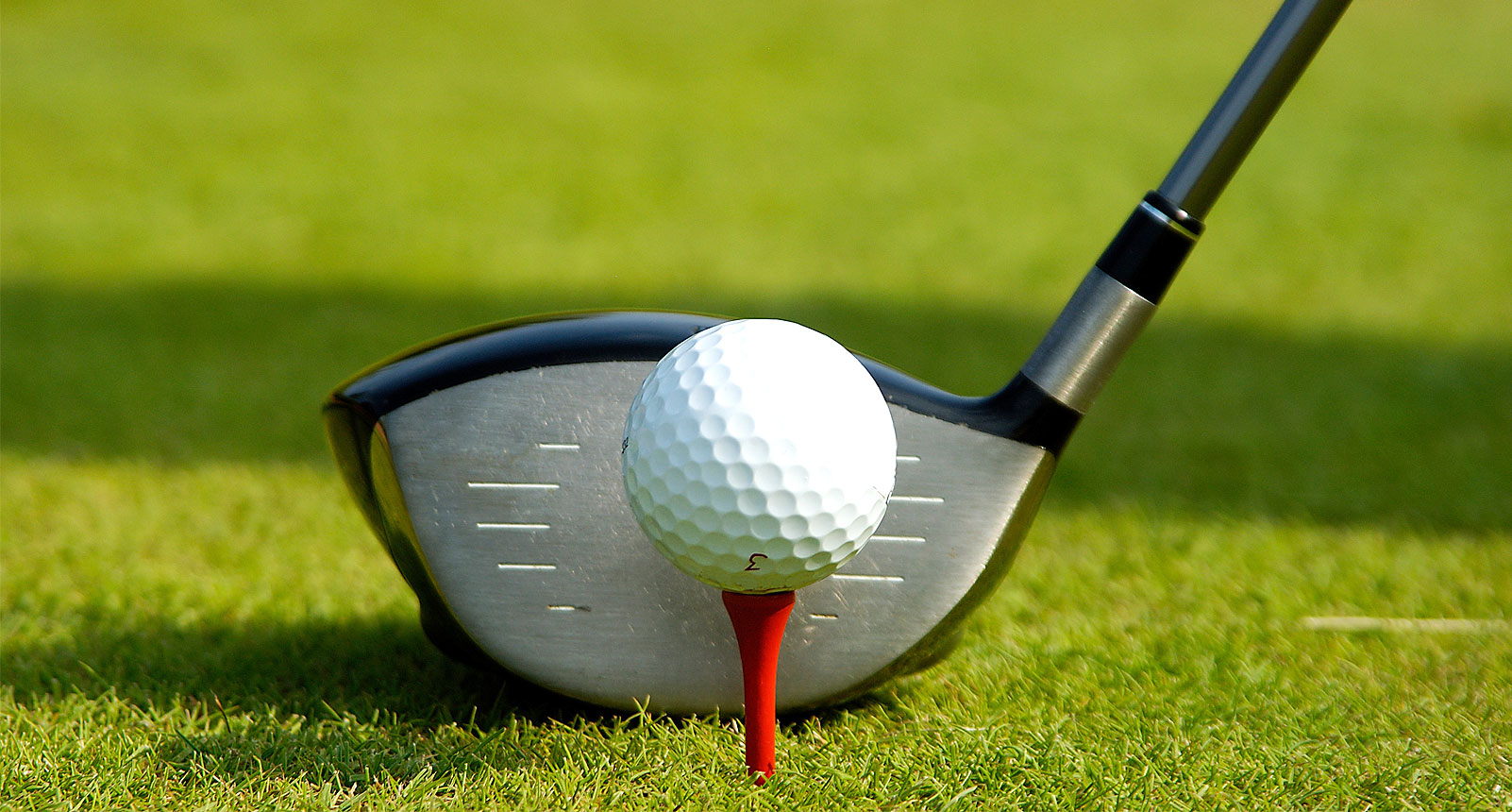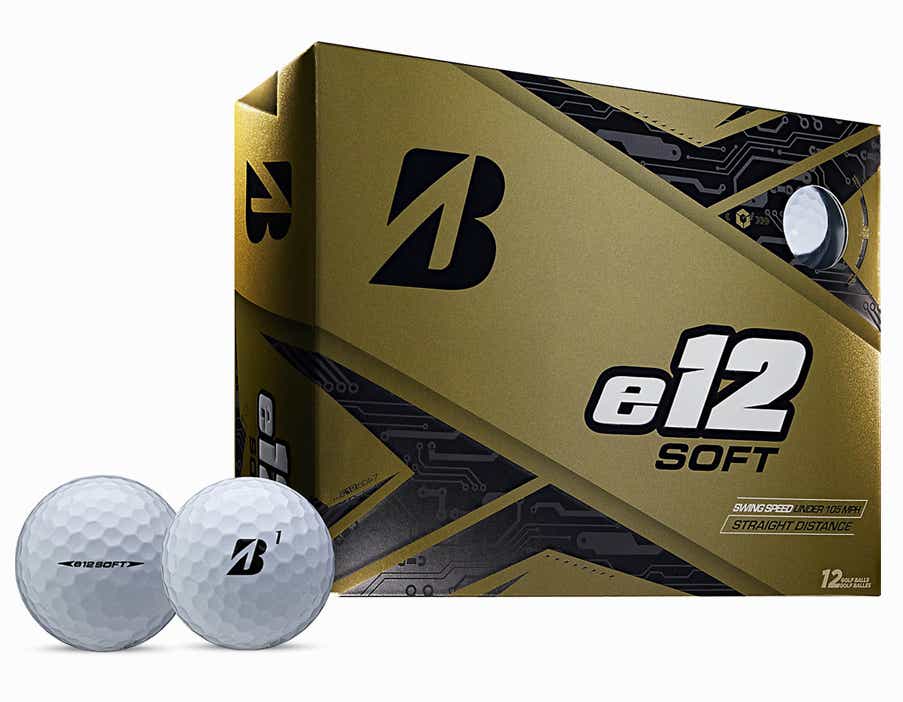How to Choose a Golf Ball: The Ultimate Guide

Looking to hit your longest drives? Or make your approach shot stop on the green? It’s not enough to just have the right clubs for the task. You also need the right golf ball to really bring your game to the next level.
While they all share common features, each type of golf ball is specifically designed to help achieve a different result, whether that’s distance, spin, or something else. Learn how to pick a golf ball based on the type of game you’re looking to play by reading our guide below.
Anatomy of a Golf Ball

Understanding the individual parts that make up a golf ball is one of the best ways to discover how to choose the right golf ball for your style of play. All golf balls feature the following parts:
- Cover: This is the outer casing of the ball, and is what your club first makes contact with. Most golf balls covers are made from Surlyn, a type of resin known for its durability, or urethane, which is softer and favored by better players.
- Dimples: These small indentations are responsible for more than just the golf ball’s iconic look. Their size, shape, depth, and number also help reduce drag and control ball trajectory, and are the reason that golf balls travel as far as they do. (If you played with a smooth ball, it’d only go half as far!)
- Core: This is the center of the golf ball, and has influence over spin, velocity, and compression — which is how much the ball literally compresses when it collides with your club. Depending on the construction of your golf ball, the core will be solid or multi-layered.
Expert Tip:
Compression itself effects distance and feel, balls with low compression will feel softer and require less swing speed to maximize distance, high compression golf balls will feel firmer and require more swing speed.
Inside a Golf Ball's Core
- Golf balls with a solid core are known as two-piece balls, since they are made up of only two pieces: the cover and the core. These are a great choice for many golfers as they provide a great balance of durability, distance for average swing speeds, and affordability.
- Golf balls with multiple internal layers are called multi-layer balls. They feature three or more layers: an inner core, an outer core (also called a mantle layer), and a cover. These golf balls unlock better performance for more demanding players.
Expert Tip:
Want better performance with a lower driver spin and a higher wedge spin as well as have more feel around the greens? Choose a multi-layer ball!
Types of Golf Balls
A key component of how to buy golf balls is understanding the type of play for which they’re intended. Just as each club in your bag is engineered for its specific purpose, the different types of golf balls are specially designed from cover to core to help elevate your game in that area of play.
Search Academy for the best golf ball brands at the guaranteed best prices:
- Callaway: Shop Callaway golf balls
- Titleist: Shop Titleist golf balls
- Taylormade: Shop Taylormade golf balls
Tour Golf Balls
Tour golf balls are premium, top of the line golf balls designed for those who want to play like a pro. They’re generally engineered with multiple core layers and a thin urethane cover to enhance control, and are optimized for peek performance from tee to green.
These balls can have trade offs for all of their performance, their soft covers can exaggerate mis-hits such as slices, and they tend to be higher compression making them better suited for stronger players.
| Academy's Picks | ||||
|---|---|---|---|---|
| Name | Our Pick | |||
| Callaway Chrome Soft |

|
|||
| Titleist Pro V1 |

|
|||
| TaylorMade TP5 |

|
|||
Performance Golf Balls
Performance golf balls are designed to give you much of the performance of a tour ball without the higher price tag. They’re still using multiple layers to improve all-around performance, but are made from materials that are less costly, such as surlyn covers. They’re great for players who are looking to play a ball that gives them great performance but is more budget friendly and more forgiving on mishits.
| Academy's Picks | ||||
|---|---|---|---|---|
| Name | Our Pick | |||
| Callaway ERC SOFT |

|
|||
| Titleist Tour Speed |

|
|||
| Bridgestone E12 |

|
|||
Distance Golf Balls
Distance golf balls are designed to help you add distance when you tee off, as well as be forgiving to players that may struggle keeping the ball in play off the tee. These balls are exclusively two piece balls, featuring durable Surlyn covers and a larger core to help provide easy distance for players with average swing speeds. If you struggle with closing the gap from the tee to the putting green, try a distance ball to help you go the extra mile.
| Academy's Picks | ||||
|---|---|---|---|---|
| Name | Our Pick | |||
| Srixon Q-Star |

|
|||
| TaylorMade Distance + |

|
|||
| Callaway Supersoft |

|
|||
High Visibility & Alignment Golf Balls
A very popular trend in recent years, high visibility golf balls are designed to be easier to spo. Their neon colors and/or matte finish make it easy to track your shot in the air, spot in the rough, or differentiate from your playing partners.
Alignment balls are similarly easy to track because of their unique pattern, but those patterns serve another purpose. Whether it’s unique shapes or a set of stripes, these patterns help you align your ball, provide a focal point during your swing, as well as give roll and side spin feedback on chips and putts.
| Academy's Picks | ||||
|---|---|---|---|---|
| Name | Our Pick | |||
| Taylormade TP5 PIX |

|
|||
| Srixon Q-Star Tour Divide |

|
|||
| Wilson Dup Optix |

|
|||
Have Fun Out There!
Now that you’ve finished reading our golf ball guide and know how to pick a golf ball, you’re all set to find the one that’s right for you. If you’re just starting out, make sure to pick up a few extra in case of any water hazards on the course. Or pick up some practice balls or training equipment to help refine your game.
You can browse our extensive golf ball offerings in-store or online for your convenience. And, if you need to gear up to hit the green, check out our Golf Shop for everything you’ll need.
 Gift Cards
Gift Cards Hot Deals
Hot Deals Big Fun Deals
Big Fun Deals Clearance
Clearance

